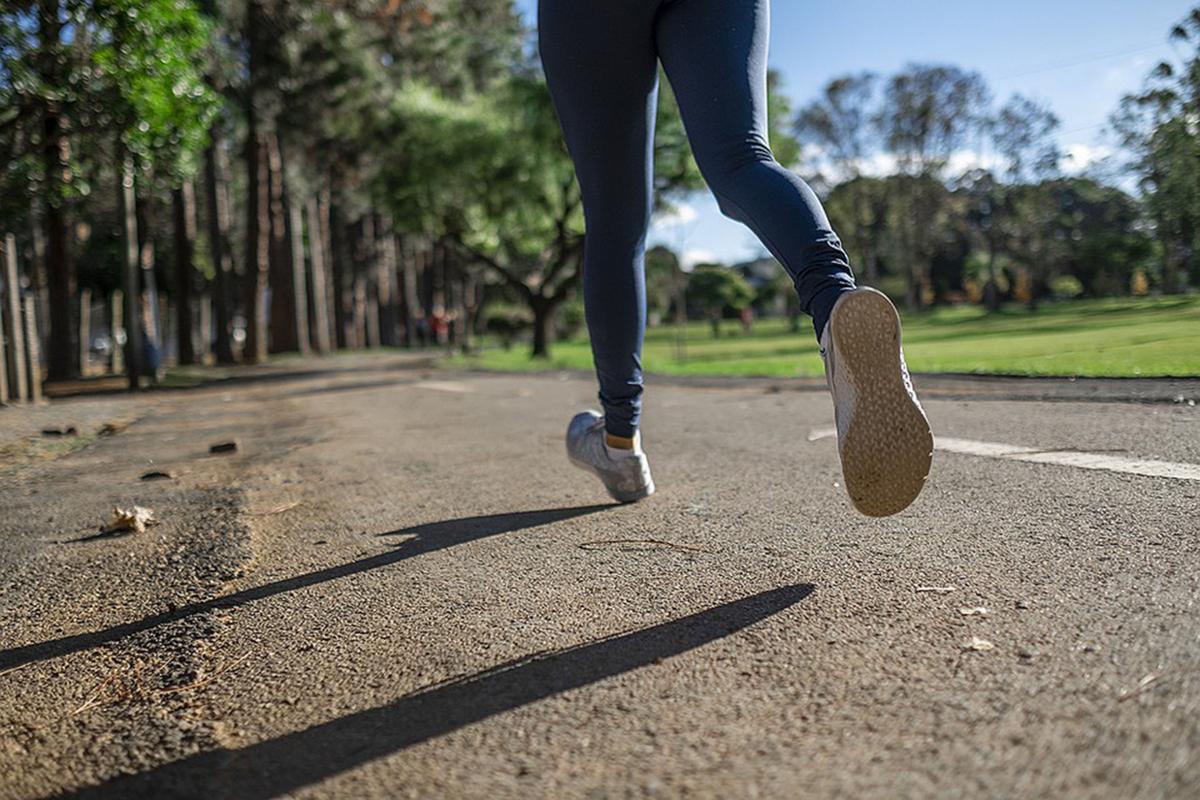New Year’s Day has come and gone, and you may find yourself with renewed motivation to take another shot at those recurring new year’s resolutions.
While weight loss is by far the most common goal people set for themselves around this time, I’d like to suggest you set some alternative or additional goals this year that focus on your ability to move.
Your mobility goal could range in difficulty from being able to walk through the snow without falling to playing a full game of basketball with your kids or skiing through the woods.
In addition to setting some mobility goals for yourself, I’d like to challenge you to come up with a way to measure and track your progress.
The engineer and statistician W. Edwards Deming once said “In God we trust; all others bring data.” Without some means of objective measurement, it can be very difficult to know whether you’re making progress towards your goals.
For example, when I’m working with a physical therapy patient who has had a knee replacement, I take several measurements to make sure they are improving.
A mobility goal for the patient may be for them to be able to go down stairs without the use of a cane. To ensure we are making progress towards that goal, we measure how many degrees the knee can bend every few visits. If I’m seeing the numbers increase from 90 to 95 to 105, I know that being able to descend stairs is just around the corner.
A few suggestions to start a data collection program:
Make a date
Every year on a memorable date (your birthday, Jan. 1, etc.), test yourself in a few different fitness/mobility categories that are meaningful to you. This could be the number of push-ups, sit-ups, and squats you can do in a minute, the time it takes you to walk or run a mile, how long you can stand on one foot, or the amount of time it takes you to get up from the floor.
Recruit a friend
Create a fitness challenge with some friends or coworkers. Set a fitness goal, set a date, and perhaps make it interesting with a friendly wager. Everyone could set their own personal goals or you could make one as a group. Finishing a 5k walk or run together might be a great challenge.
Use technology
Wearable fitness trackers get easier to use every year and can be a great tool to track your progress. You can set goals for burning calories, taking a certain number of steps throughout the day, and many other activity-specific goals.
It is important to note that even though you measure the same activities year to year, your goals for those numbers may change. Every year around my birthday, I measure the amount of weight I can lift from a few different positions, how fast I run a mile, and how many squats and push-ups I can do. At the very least, I hope to be able to hit those same numbers year to year, if not improve on them.
A final thought: when I think back to being in school, I know that I always worked harder on material that I knew I was going to be tested on.
In the same way, I think most people are more adherent to fitness challenges when they know that they will be held accountable at some point in the future.
There’s no time like the present; find some meaningful data to collect, make a date and get to work.







